Search Images
Browse Content (p. 1507)

Image
Coffin Lid of Tjentweretheqaw
Tjentweretheqaw was the grandmother of Iufenamun (he was a senior priest from ancient Egypt). The lid came to the Museum (wrongly) covering the coffin base and mummy of her grandson Iufenamun. Tjentweretheqaw's mummy and coffin base are not...

Image
Lekythos, Gods with Chariots
Oil, especially olive oil, was stored in specialized Greek pottery; lekythos (pleural, lekythoi). Many lekythoi were found inside tombs; they were used to anoint the dead bodies of single men. Mainly dull red and black paints were used by...
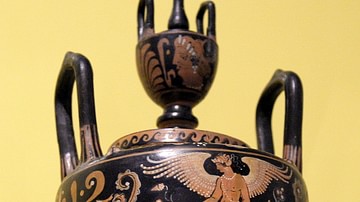
Image
Lebes Gamikos (Marriage Vessel)
The Lebes gamikos (marriage vase) was used in marriage ceremonies in ancient Greece. It was used for sprinkling the bride before the wedding. Apulia, southern Italy, circa 350-320 BCE. (National Museum of Scotland, Edinburgh, UK)
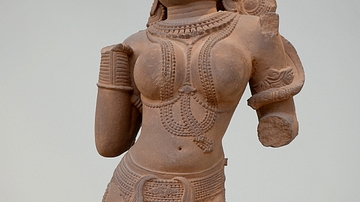
Image
Statue of Surasundari (Heavenly) Beauty
This red stone statue depicts Surasundari (or heavenly) beauty. The figure of the female was marvelously proportioned and bejeweled. The statue comes from the temples of Khajuraho; Khajuraho has the largest number of Hindu and Jain temples...
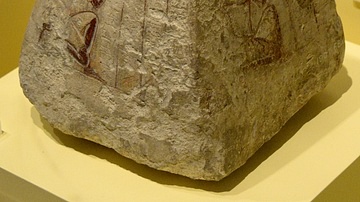
Image
Pyramidion, Egypt
An Egyptian pyramidion. These formed the top of private tombs and were based on the "benen," the primeval mound of creation on which the son God was born. Egypt, 16th to 12th century BCE. (National Museum of Scotland, Edinburgh, UK)
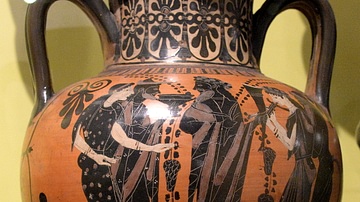
Image
Amphora, Wine Storage Jar
A black-figure drinking scene on an amphora. Amphorae are a particular type of storage vessel which were used for the storage and transportation of liquids, mainly wine. They were usually ceramic and can be dated back to the neolithic period...
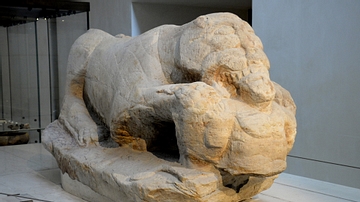
Image
A Roman Lioness Devouring a Man
This sculpture depicts a large lioness devouring a naked bearded man; the overall scene represents the destructive power of death. The 2 snakes on the base symbolize the survival of the soul. The sculpture was built as part of a tomb memorial...

Image
Statue of Guatama Buddha from Gandhara
Buddha was a Hindu prince (c. 500 BCE) who renounced the world to become a wondering ascetic. This hornblende schist rock statue depicts Buddha cross-legged in meditation. From the Gandhara school, India, 200-300 CE. (National Museum of Scotland...
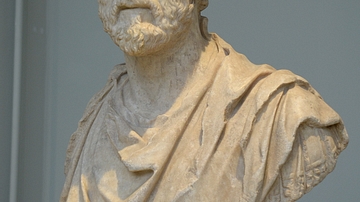
Image
Antoninus Pius, British Museum
This marble bust depicts emperor Antoninus Pius in a military dress in the early years of his reign. To quell unrest at the edge of the empire. he ordered the building of the "Antonine Wall" across northern Britain, from the Firth of Forth...
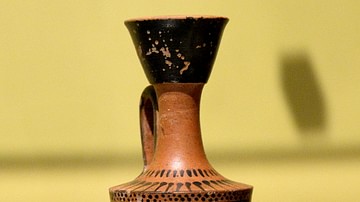
Image
Lekythos, Odysseus & Polyphemus
Oil, especially olive oil, is stored in a specialized Greek pottery; lekythos (pleural, lekythoi). Many lekythoi were found inside tombs; they were used to anointg the dead bodies of single men. Mainly dull red and black paints were used...